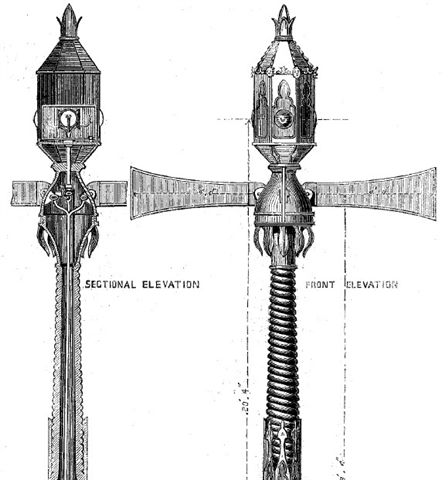The Story Behind Traffic Lights
Have you ever watched a Parliament session? It can get nasty in there, with the members of parliament going for each other’s heads. Thankfully, there is an official to control the debate; the speaker. He helps moderate the sessions and ensures that there is order. Without him/her, little would ever be accomplished in there. He/she is the mediator.
The same reasoning can be applied to cars on a road. Everyone is in a hurry trying to get to wherever he/she is going. Without a mediator to control the motion of vehicles, accidents and chaos will surely arise. That is the exact job description of traffic lights; mediate traffic.
To help appreciate the work these silent appliances perform, let us take a quick tour through traffic light history.
The Very First Traffic Sign/ Light

The first traffic light was invented before automobiles, and it was tasked with controlling horse-drawn carts. It was gas-lit and mounted outside London’s House of Parliament thanks to one brilliant guy known as J.P Knight. He was a railway engineer and his idea was inspired by the railway signalling system, which also worked to help pedestrians cross the road safely. Its design consisted three semaphore arms which were manipulated to tell carriages to stop or proceed with caution, while at night they were switched for coloured gas lamps with red meaning stop and on the other hand green chosen for proceed. A police constable controlled the traffic sign. Despite its success in controlling traffic, it wasn’t durable, and it went up in a gas explosion in 1869, a year after its installation.
Progress To Electric Traffic Lights

Times were changing, so advancements were inevitable. In the early 20th century, industrialization was happening thick and fast, and that meant bigger cities and more crowded roads. Officer Lester Wire, who was a policeman in the US, responded to the challenge and thus invented what turned out to be the first electric traffic light. His design consisted of red and green lights to show stop and go, while a buzzer was used to signal a change in the traffic light. The first of the design went up on 5th of August, 1914, in Cleveland Ohio. Wire’s design is the base of today’s traffic light system.
The First Three-Coloured Traffic Light For A Four – Way Highway

Another American policeman was at the centre of this invention in 1920; William Potts of Detroit. In his design, he introduced yellow, or amber, which was the third light- to replace the buzzer as a way of showing the lights were changing. Detroit benefited by becoming the first city ever to have working traffic lights. In the years that followed, many major cities across the world followed suit and installed automated traffic signals.
Traffic Lights That Respond To Honks

As much as automated traffic lights were a success, they had a few drawbacks. For starters, they operated on a fixed time interval and didn’t consider traffic. Unnecessary traffic jams in one way with the other way empty was one such disadvantage. The desire to build a traffic signalling system more in touch with the traffic led to the invention of traffic lights with a microphone to respond to car honks. A car would honk to change the signals once it reached the traffic light. This, however, led to unnecessary honking and a terrible experience for pedestrians. The system was therefore abolished.
Computerization Of Modern Traffic Signals, Countdown Timers And The Future Of Traffic Lights

The invention of the computer represented a new age for traffic lights as computers could be used to control traffic based on patterns. Computers made it possible to account for weather changes and could also be easily adjusted to deal with emergencies. Computers have completely improved traffic handling. The countdown timer, came on at a later stage to help pedestrians plot their road crossing.
With an ever-increasing number of vehicles, we can expect more innovation. One such exciting innovation is the development of connected cars that can communicate through traffic lights. What other exciting innovations would you like to see, or what are some innovations that have really helped, but are often taken for granted?




